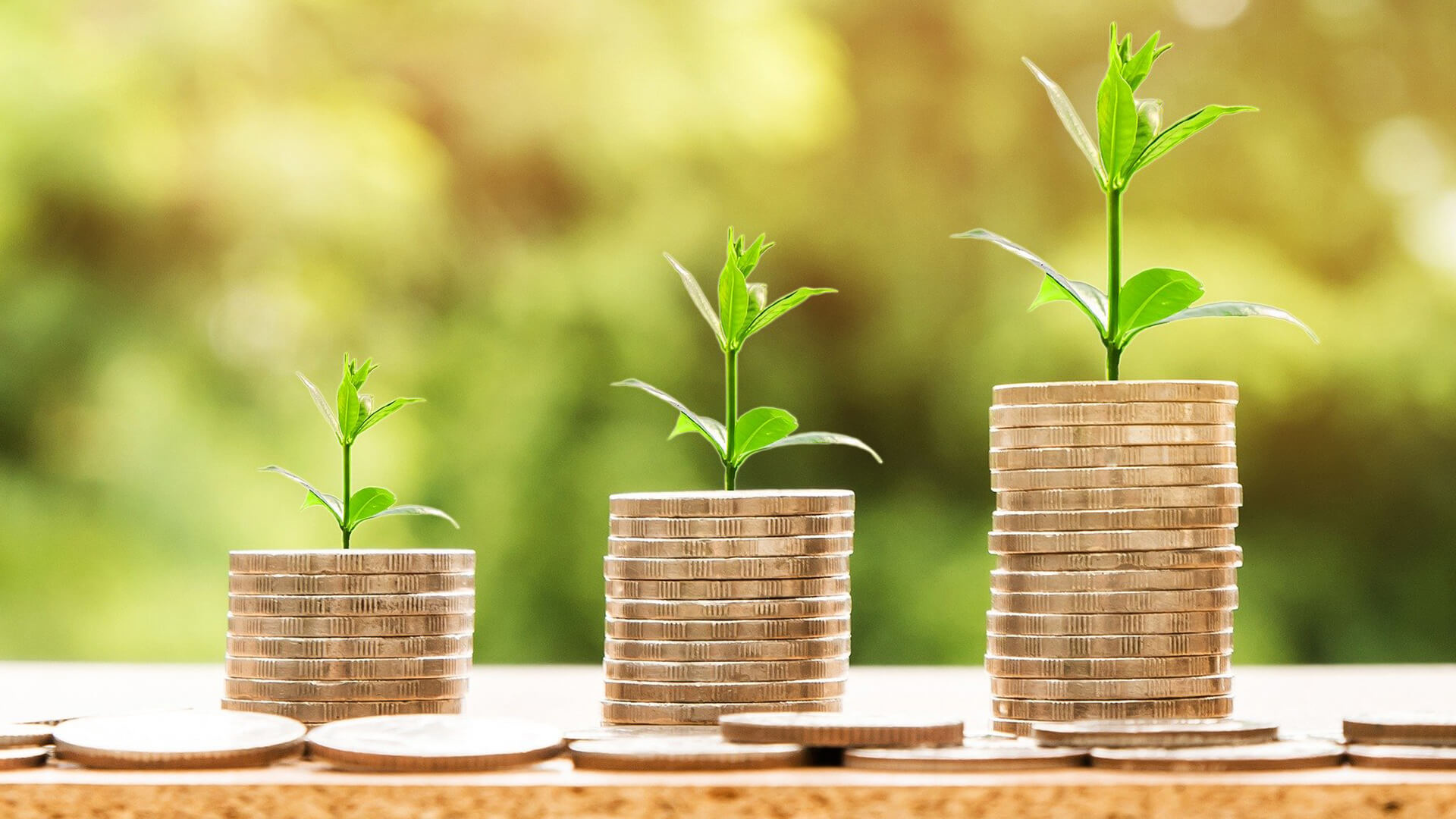
Blog
Saving water is good for the planet. And also for your wallet.
14 September 2023
In Italy for example, a lot of water is consumed for agriculture, forestry and fishing: almost 15 million cubic metres per year. In Europe, Italy is second only to Spain. With increasingly hot and dry summers, technology is becoming an indispensable tool for cutting water consumption. According to the latest report by Cai-Consorzi Agrari d’Italia, technology, innovation and agriculture 4.0 can reduce water consumption in agriculture by up to 20% compared to traditional irrigation systems.
A practical example to reduce water waste? The drip irrigation system. This is one of the oldest irrigation techniques, widespread in Germany since 1860, then perfected in Israel through the use of rubber and plastic. It allows crops to be watered continuously, avoiding the waste of not only water but also energy resources. It consists of a system of low-pressure pipes and a series of drippers. These, drop by drop, constantly supply the plant with the required amount of water, delivered exactly to where it is needed, i.e. at its roots. Irrigation can be continuous or at intervals and thus saves water without putting the plant’s health at risk.
Even when it comes to watering your garden lawn, you can save money without compromising the quality and beauty of your greenery, thanks to an automatic watering system. If designed, installed and maintained correctly, this can ensure a healthy lawn with minimal water consumption.
Here are some tips for irrigating correctly:
Zoning
Each type of vegetation needs a different amount of water. The garden should therefore be divided into separate watering zones, so that the grass can be watered separately and more frequently than the plants.
Uniform procedure
The right amount of water should be delivered evenly depending on the soil. An underground irrigation system is the best way to ensure the lawn is watered evenly and all areas receive the correct amount of water.
Fractional irrigation
Instead of watering the lawn once and for a long time period, it is better to divide the watering time into shorter intervals, with a 15-minute break between each session. This will allow the water to be optimally absorbed.
Choosing schedules well
It is best to water between 5 and 10 am, when the sun is low and the air is cool. Midday is not recommended because of water loss due to evaporation and wind conditions, while watering in the evening should be avoided because the greenery may remain wet overnight.
Seasonal regulation
The irrigation system should be adjusted according to seasonal and climatic changes. It is best to install a rain sensor, a shut-off device that automatically detects the occurrence of a rain event, and avoids irrigating when not needed.
Targeted irrigation
With an underground irrigation system, ensure that the sprinkler heads are adjusted correctly to avoid unnecessary watering of pavements and streets.
Regular inspections
It is best to periodically check the efficiency of the sprinklers. A clogged sprinkler or a worn pipe can damage your green area and cost you dearly in your water bill.
Less frequent irrigation
To reduce water consumption, it is best not to water every day, but only once or twice a week. The trick to increasing the duration of breaks is to monitor the so-called ‘spy zones’, i.e. areas of the lawn that first signal the need for water with an initial wilting and colour change.
By implementing all these measures, it is possible to reduce the amount of water needed for a lawn by up to 40%, bringing the weekly requirement from approximately 35 litres to around 20 litres per square metre. A truly significant saving in both economic and environmental terms.
Discover the latest innovations
in irrigation systems!